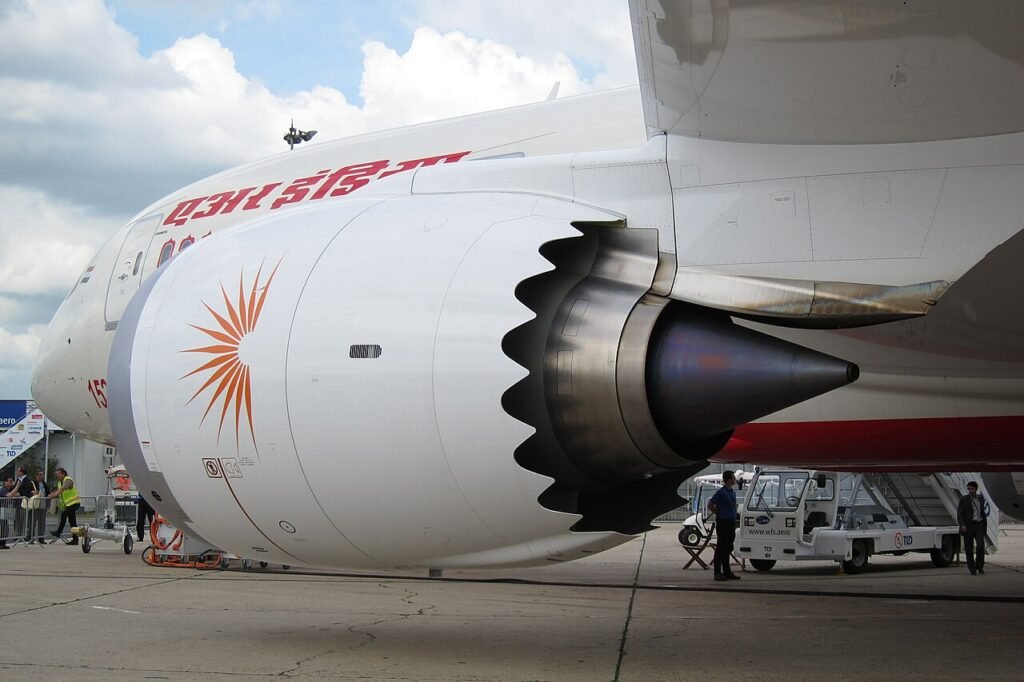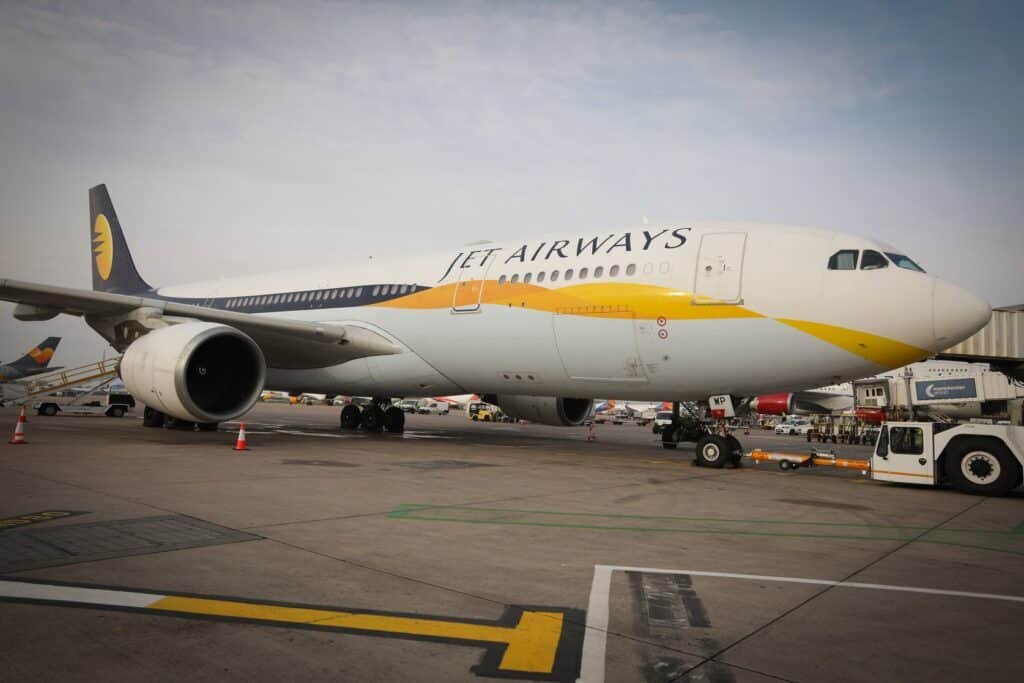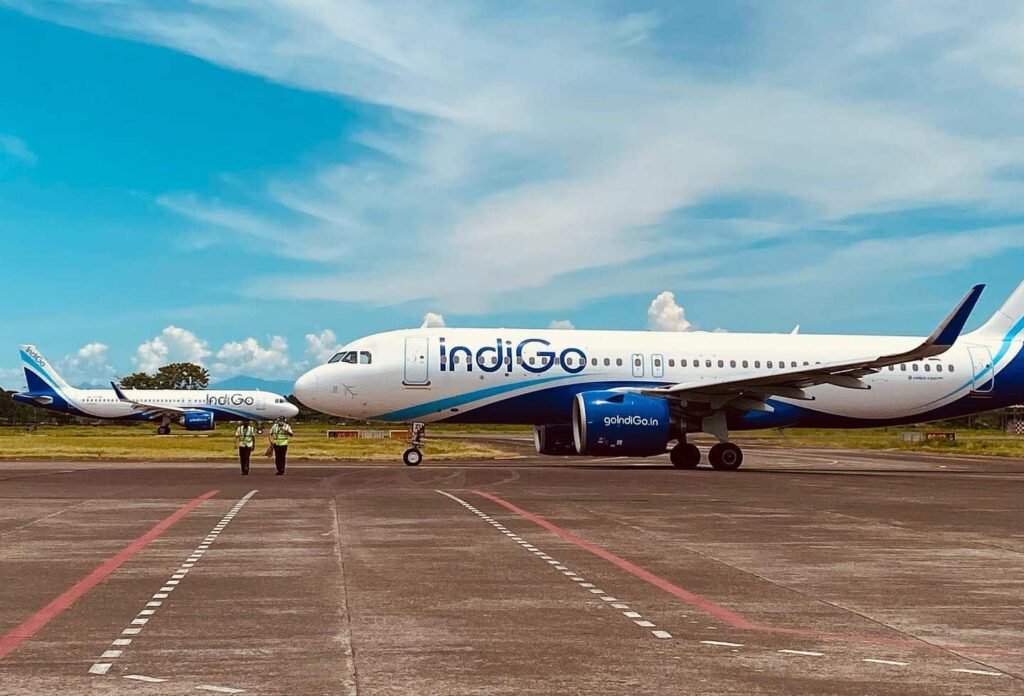- SUMMARY
- Transit traffic is on a rise from Indian airports.
- There are many travelers heading from Bangkok to Dubai, opting India as transit point.
- There is a huge potential in the regional aviation industry in India.
The Government of India has emphasized its commitment to converting major airports in India into hub airports. Even in the election manifesto of the current ruling party, this promise is included. The BJP has claimed that it will develop an international hub in Southern India. Now, the initial results are here.
Airports In India & Their Hub Ambition
V Sumantran, Chairman and Non-Executive Independent Director at InterGlobe Aviation has confirmed that transit traffic through Indian airports is slowly rising. InterGlobe Aviation is the parent company of IndiGo, the largest airline in India in terms of fleet and market share. He said that many people are traveling between the Southeast Asian region and the Gulf transiting via India. He cited an example of the route between Bangkok and Dubai. Numerous travelers heading from Bangkok to Dubai opt for Indian airports as transit hubs.

He was speaking at the 65th Institute Day of the Indian Institute of Technology (IIT), Madras. Mr Sumantran has graduated from IIT Madras.
Talking about the increasing transit traffic, he said that airlines are preferring to use Indian airports as transit points. IndiGo has huge roots in domestic and regional aviation. The airline will leverage this base to grow its international presence.
Air India has already designated Delhi, Mumbai, and Bengaluru Airport as its hubs. It recently announced a partnership with Bangalore International Airport Limited (BIAL) to develop the airport into a hub. As part of the agreement, the airline will enhance its international presence from Bengaluru and establish a new lounge for domestic passengers. It will also establish a Maintenance, Repair, and Overhaul (MRO) facility at the airport.

Past, Present & Future Outlook of IndiGo
Talking about the past of IndiGo, he said that the airline started as a No-Frills Carrier in 2006, which was a new concept in India at that time. Since its inception, it has witnessed rapid growth and currently has a fleet of more than 300 aircraft, with 950 more jets on order.
During the initiation of IndiGo operations, the market was filled with Full Service Carriers like KingFisher Airlines and Jet Airways. India was in desperate need of an airline, that could offer air travel at an affordable cost. That is exactly what IndiGo offered. And today, the result is in front of us.

Moving forward, IndiGo sees a huge demand in regional aviation. The economy and infrastructure in India are developing at a rapid pace. India currently has 140 operational airports, which will rise to 220 by the end of this decade. This huge growth allowed the airline to make a huge investment in the 500 aircraft order placed at the Paris Airshow last year.
As per the global airline standards, IndiGo is a very young airline. The airline is based on three pillars: affordable fares, On-Time Performance, and Hassle-Free Services. It has the largest number of female pilots in its workforce globally. Other than this, it has the lowest carbon emissions, when calculated based on per-seat per-km. The airline recently bypassed Southwest Airlines to become the third most valuable airline. It is only behind Delta Airlines and Ryanair.
India: Challenge Remains For Hub Airports
When executives from Indian airports and airlines are confident about the creation of a hub in India, some foreign personnel disagree with them.

The best example is the Airbus Head of Customer Accounts for India, Edward Delahaye. According to him, the airport connectivity in India requires a significant improvement. In an interaction with Business Standard, he said that while the international traffic is gradually increasing from India, the transfers are not seamless. The Domestic to International (D2I) transfer from Indian airports falls short when compared to Singapore Changi or Doha Hamad International Airport, which are well known for seamless transfers. A lot of infrastructural upgrades will be required to make this dream a reality.
The new airports in Delhi and Mumbai, along with Phase 2 of Bengaluru Airport Terminal 2 are likely to improve the current scenario. Edward said that in the next 15 years, India will become the center of the world aviation industry.
Do you think India can become a hub? Discuss in the comment section.
Thanking Note
With Inputs From Economic Times
Featured Image Credits: IndiGo Airlines via Facebook
Read the Latest Aviation News on Times of Aviation
Read More: First Airbus A320neo of Air India in New Livery Spotted
Website Disclaimer: Times of Aviation does not claim copyright ownership of any information or images used on this website. Usage of content falls under fair use.


